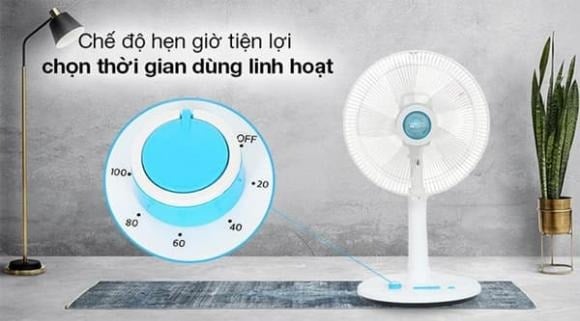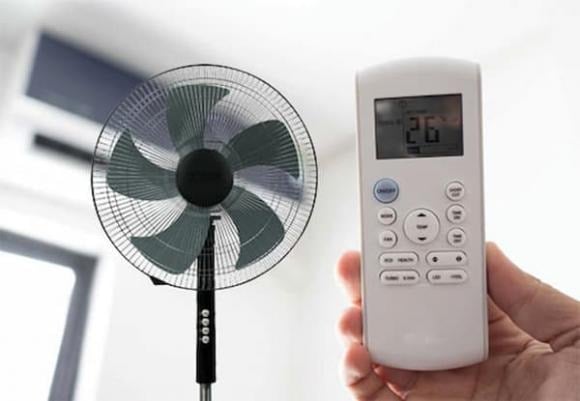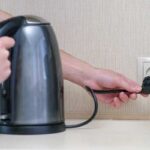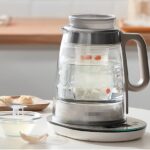Choose the Right Capacity and Prioritize Medium Wind Speed
To stay cool and save energy, the first rule is to choose a fan with the right capacity for your room size. Larger capacity fans consume more electricity, so consider your needs carefully before purchasing.
Additionally, most electric fans today offer multiple wind speed settings. According to experts, using the highest setting may not provide more cooling and will definitely use more electricity. Especially during hot and dry days, strong wind settings can make you feel hotter due to the reverse flow of hot air. Therefore, it’s best to use the medium wind speed setting – it provides a comfortable breeze while being energy-efficient.
Remember to Unplug When Not in Use
It may seem insignificant, but getting into the habit of unplugging your fan after use will help you save a significant amount of electricity. Even when turned off, a plugged-in fan still consumes a small amount of electricity, so unplugging it ensures there’s no energy waste.
Utilize the Timer Function
The timer function on electric fans is not only convenient but also helps you save energy and protect your health. Set the timer to turn off the fan before you go to sleep or when you leave the house to avoid forgetting to turn it off, thus saving energy. Additionally, having the fan turn off automatically at night prevents you from getting a sore throat due to prolonged exposure to the breeze.

Avoid Using Multiple Extra Features Simultaneously
Many modern fans come with extra features like mist spraying, humidification, lighting, and ion generation. However, using multiple features simultaneously will increase the fan’s power consumption. To save energy, only use the features you truly need at any given time, avoiding waste.
Regular Maintenance for Optimal Performance
A well-maintained fan will operate smoothly, stably, and efficiently. Remember to clean the fan blades and dust guards regularly and inspect all fan components for any issues. If your fan is malfunctioning or too old, consider replacing it. Using a faulty fan can increase your electricity bill and pose a fire hazard.
When purchasing a new fan, choose one that’s suitable for your room size and look for the energy-saving label from the Ministry of Industry and Trade, indicating the appliance’s efficiency and low power consumption.

Combine Electric Fans and Air Conditioners for Smart Cooling
On sweltering days, combining electric fans with air conditioners is a smart strategy to optimize cooling while saving costs. Air conditioners cool specific spots, while fans help distribute the cold air quickly and evenly throughout the room.
You can set your air conditioner’s temperature 2–3°C higher when using it with a fan and still maintain a comfortable environment. This reduces the strain on the air conditioner’s compressor, the most energy-intensive component, resulting in significant savings.
Additionally, using a fan with the air conditioner keeps the room well-ventilated, preventing the stuffy feeling that can occur when the room is closed up for extended periods.



































